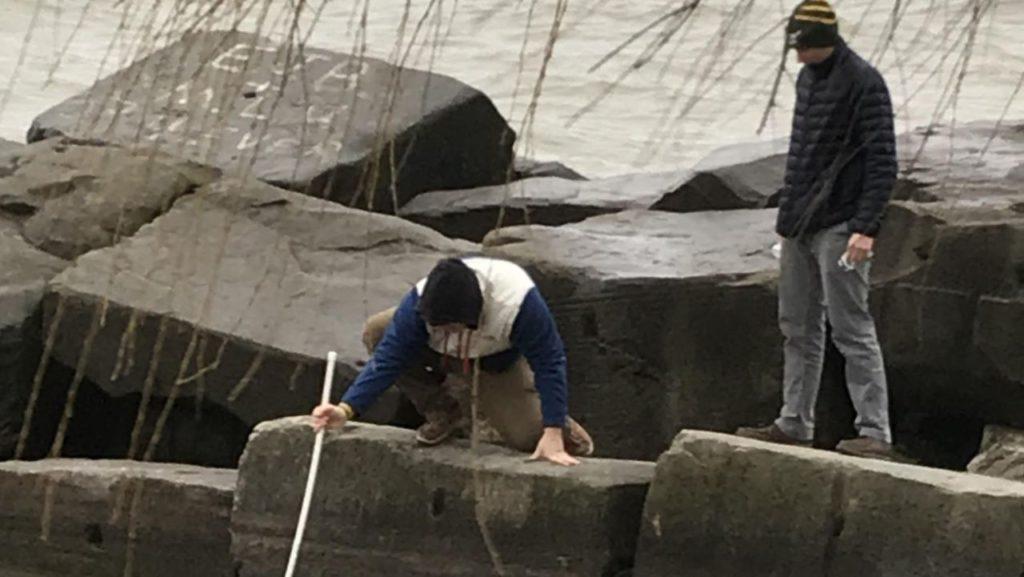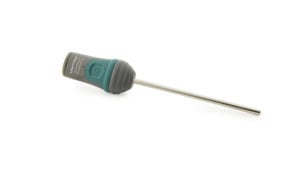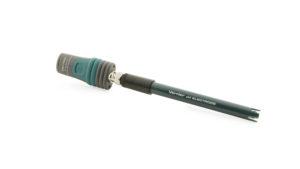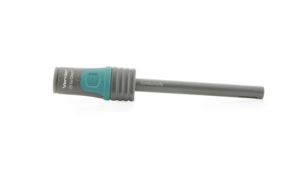Located a mile and a half from Lake Erie, St. Edward High School is an all-boys private school where I’ve taught science for more than a decade. When environmental science was integrated into our curriculum a few years back, I knew I eventually wanted to design a program that would teach my students more about the Great Lake we have access to right here in our town.
While still developing and modifying the curriculum last year, I decided to make the environmental science course the stepping stone for building the first-ever recycling and sustainability program at our school. I also wanted to use this course to provide my students with the opportunity to become real in-the-field scientists who investigate and understand the environmental impact of pollution on freshwater ecosystems.
I also wanted to use this course to provide my students with the opportunity to become real in-the-field scientists who investigate and understand the environmental impact of pollution on freshwater ecosystems.
This school year, a small group of senior students collected water quality data using Vernier sensors and looked for microplastics in the water. The Go Direct® Temperature Probe, Go Direct® pH Sensor, and Go Direct® Conductivity Probe were all staples in these investigations as students honed in on temperature and pH data. Additional data will be collected later at this same site to allow students to see changes over time.
Even after analyzing this initial data, students began to really learn what microplastics mean for ecology and what they mean for individuals when it comes to drinking water, as these plastics can’t be filtered out. With relatively little research available on the impact of microplastics on the Great Lakes, this has been eye opening.
Another problem present in Lake Erie is toxic algae blooms, which has impacted our water supply in the past. As an extended part of our water quality analysis, students used the Go Direct® Optical Dissolved Oxygen Probe, Vernier Turbidity Sensor, and Go Direct® Nitrate Ion-Selective Electrode to investigate the effects of these blooms on the water.
Even after analyzing this initial data, students began to really learn what microplastics mean for ecology and what they mean for individuals when it comes to drinking water, as these plastics can’t be filtered out. With relatively little research available on the impact of microplastics on the Great Lakes, this has been eye opening.
With Go Direct in particular, I like that the technology can be used with the devices students are on the most—their smartphones. In our initial water quality investigations, it’s been exciting to see students so intuitively use their phones alongside the probeware for scientific learning. Having worked for the Environmental Protection Agency prior to beginning my teaching career, I know just how invaluable the use of sensors and technology are for all the analyses to take place, and now my students are getting to experience that more and more.
Looking ahead, my goal is to integrate these investigations and others for nutrients, turbidity, ammonium, nitrogen, alkalinity, and bacterial analysis across our studies and at all grade levels. I want each student to engage in hands-on learning as they analyze individual samples and enter their data from the assigned sampling sites, because these investigations provide an experience with processes similar to that in the real world. This will ultimately provide a large amount of data to be analyzed during each sampling event and allow us to track the data year after year to look at trends and variables. Winning the 2019 Vernier/NSTA Technology Award will provide the resources, in part, to make this goal a reality as we accelerate our Environmental Science program.




